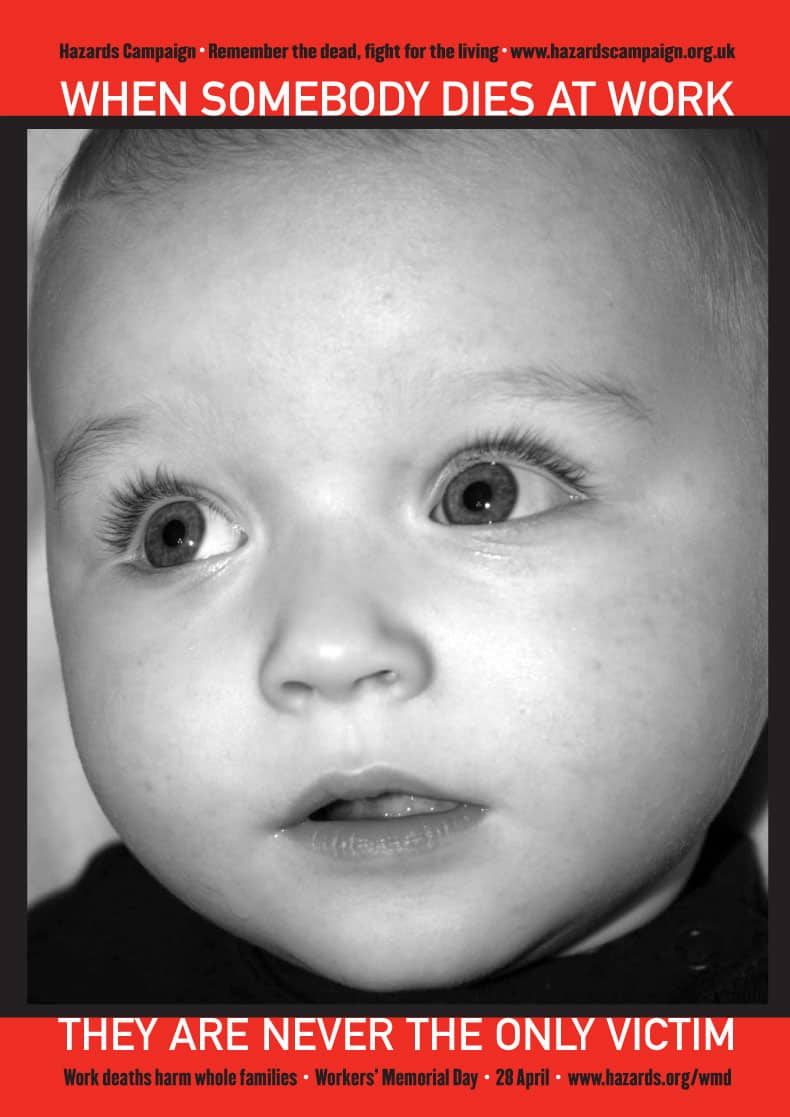There is some debate today about whether Swine Flu (in deference to the request from some pig farmers, now renamed “the Mexican Flu outbreak of 2009“) has peaked. Colleagues in Asia over the weekend told SafetyAtWorkBlog that in most circles, the Mexican Flu outbreak has not generated the same level of interest, or concern, as elsewhere. Perhaps the media studies academics can contribute to a redefinition of “global pandemic” as any disease outbreak that occurs in a country next to the United States. (Beware the Canadian Beaver Flu)
But flippancy aside, this dry-run at an influenza pandemic has many benefits and one particularly useful benefit will be a change in attitude to presenteeism in workplaces.
As the Southern Hemisphere enters its flu season and the early round of flu vaccinations concludes, Australia and others will be a test case for any attitudinal change in workers towards bringing their flu-ridden bodies to work, or in workers objecting to the contagious hazards that the presenteeists (?) introduce.
It has always been a suitable HR and OHS process to send someone home who appears impaired or unfit-for-work. In the past “essential” staff would continue to work for the sake of workload or productivity. Over time the folly of such an attitude has become obvious and workplace safety advocates have had a major role in this change. The increased absenteeism of, and the decreased productivity from, a team who have been infected by a single member is now an unacceptable health hazard and productivity threat.
This change has also been helped by the increasingly viable option in some industries for people to work from home.
The Mexican flu outbreak is likely to verify the reality of presenteeism, probably from colleagues demanding that control measures be taken on the unthinking infectious workmate. Masks may be tolerated but in the tradition of the hierarchy of controls, elimination is always preferable to personal protective equipment.
In the 1980s taxation department and many other workplaces, telephone hygienists were employed to disinfect telephone handsets. Modern handsets cannot be disassembled in the same way however, SafetyAtWorkBlog was reminded of this, at the time, peculiar hygiene practices when watching Mexicans disinfecting subways and public telephones.
In all things there must be balance, but the Mexican flu outbreak of 2009 will undoubtedly revise the way people touch things and others. In relation to influenza this is a good thing.

